
Begonia Big Mix 150mm Pot Dawsons Garden World
Allow the top 2 inches of soil to dry out between watering sessions. Water until the soil is moist but not soggy. Porous containers such as non-glazed clay pots will need to be watered more frequently than plastic, glazed, or other non-porous containers.
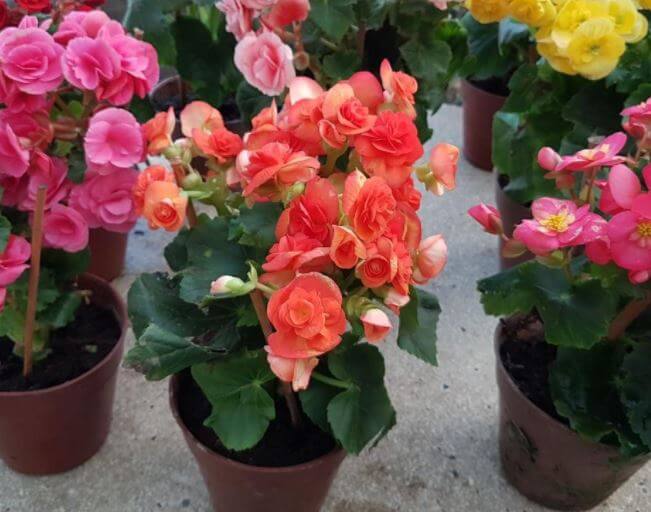
How to Grow Begonias Plant Instructions
Method 1 Planting Begonias in a Pot 1 Start with a 6 inches (15 cm) pot. If you bought your begonias from a gardening store or you're repotting them, you'll need to make sure your new pot isn't too big. You don't want your begonia's soil to get too wet and go bad. [1] Choose any pot that has drainage holes.

Potted begonia in Santa Barbara, CA Alpha Floral
Tuberous begonias are a great choice for pots placed outdoors in the summer, and fibrous-rooted begonias can also be grown as annuals outdoors in pots or other containers over the summer months. There are also several different types of begonias ideally suited to growing in pots indoors. 1) Choose A Pot At Least 40cm Wide

Planting Tuberous Begonias Garden Bulb Blog Flower Bulbs & Gardening Tips
1. Get rid of all the leaves from the bottom portion of the 2 to 3-inch cuttings. 2. Submerge this bottom portion in water and place it in indirect sunlight. 3. Once you notice the growth of new.
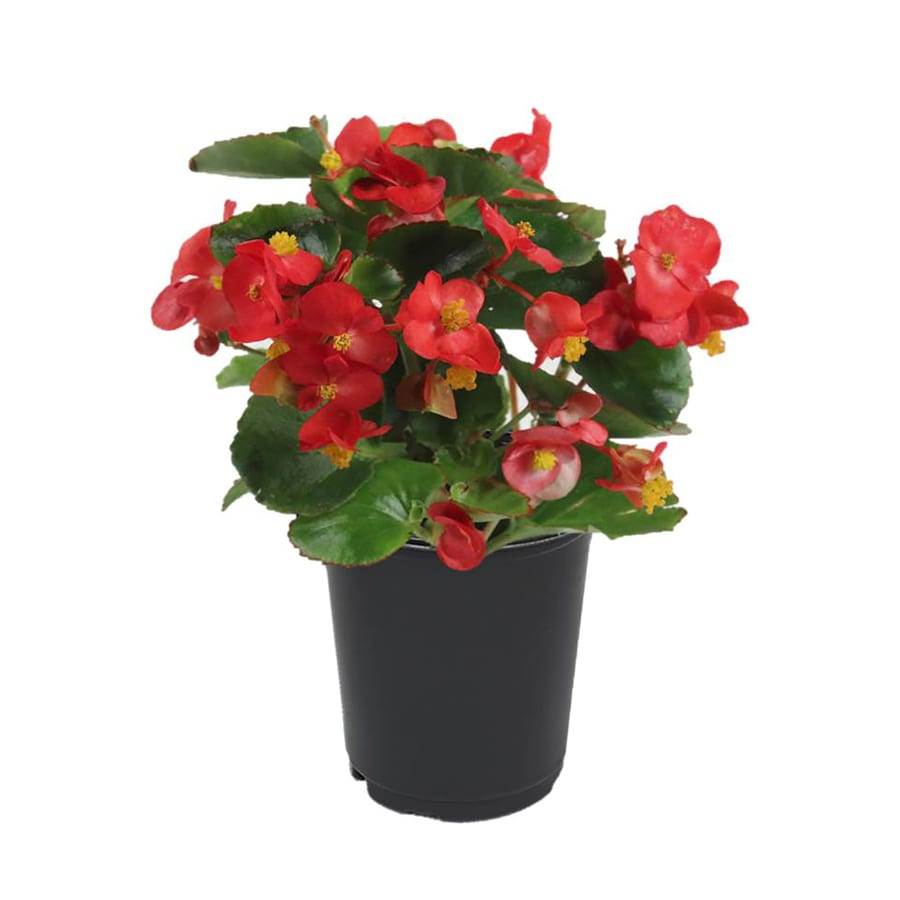
1Quart Multicolor Begonia in Pot (L26474) at
Grow begonias in peat-free, multi-purpose compost in dappled sunshine to partial shade. Plant tubers of tuberous begonias in spring. Only plant begonias outside in May, when no more frosts are forecast. Water regularly and feed weekly with a high potash fertiliser like tomato feed.

Escargot Begonia, Rieger Begonias, Lsymachia, Non Stop Begonias Planting pot, Container
Light Begonias thrive in warm environments but, depending on the variety, might need full or partial sunlight. Most begonias do best when planted in an area with morning sun and afternoon shade. Allow enough sunlight to keep the soil moist and healthy. Don't plant in direct sunlight in regions that experience scorching summers. Soil
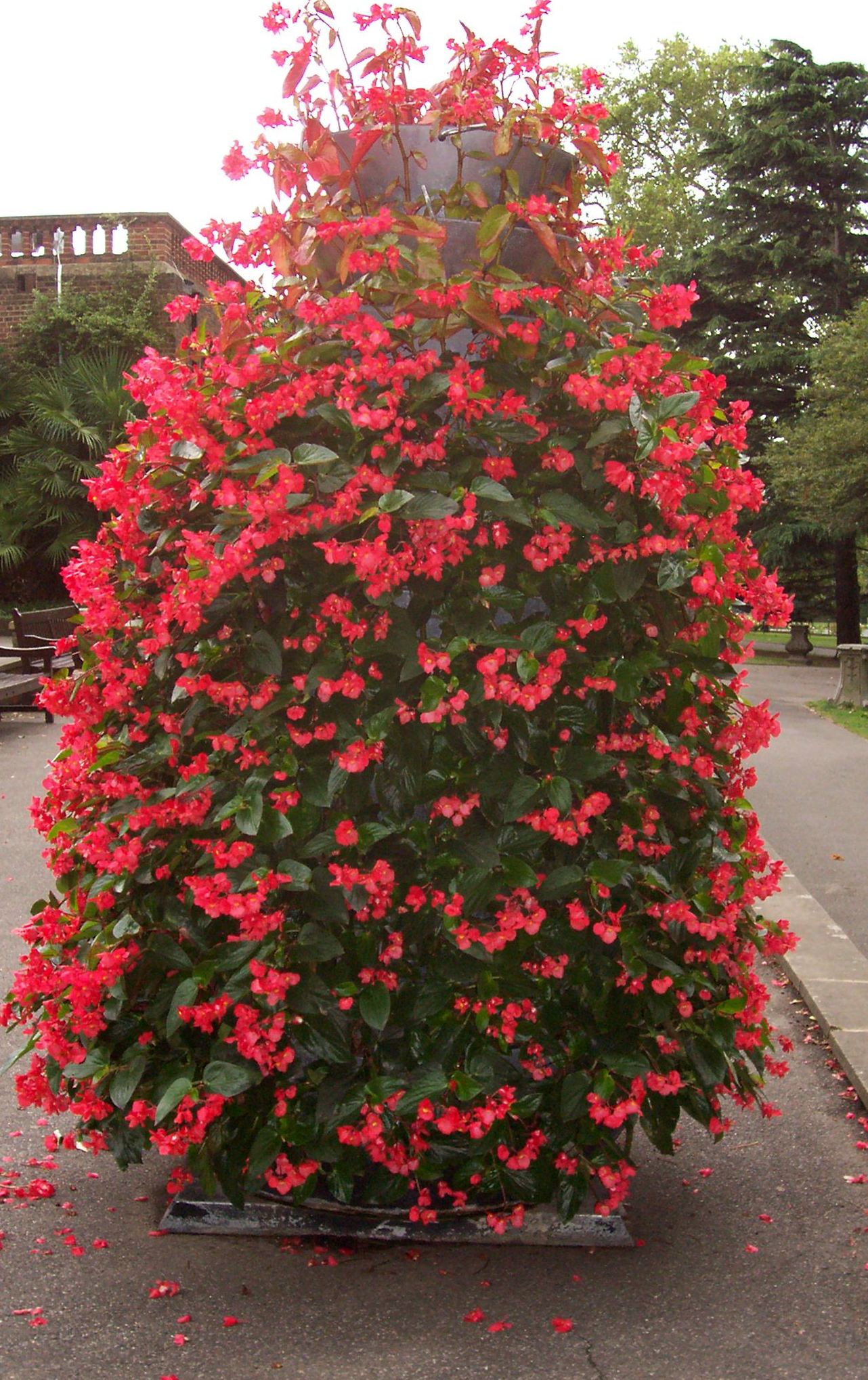
Begonia Planters Gardeners Tips
To finally plant your begonias in the pot, follow these steps: Loosen the soil in the pot. Dig a hole slightly wider and deeper than the begonia's root ball. Carefully remove the begonia from its nursery pot. Gently tease out the roots if the plant is pot-bound. Place the begonia in the hole and backfill with soil. Water the plant thoroughly.

Begonia Non Stop Pink Kew Gardener
1 Choose an indoor type of begonia. This list of begonias that grow well indoors is extensive. It is important to remember that some types of begonias are grown for their brilliantly colored flowers, while other begonias are enjoyed for their unique and beautiful foliage.
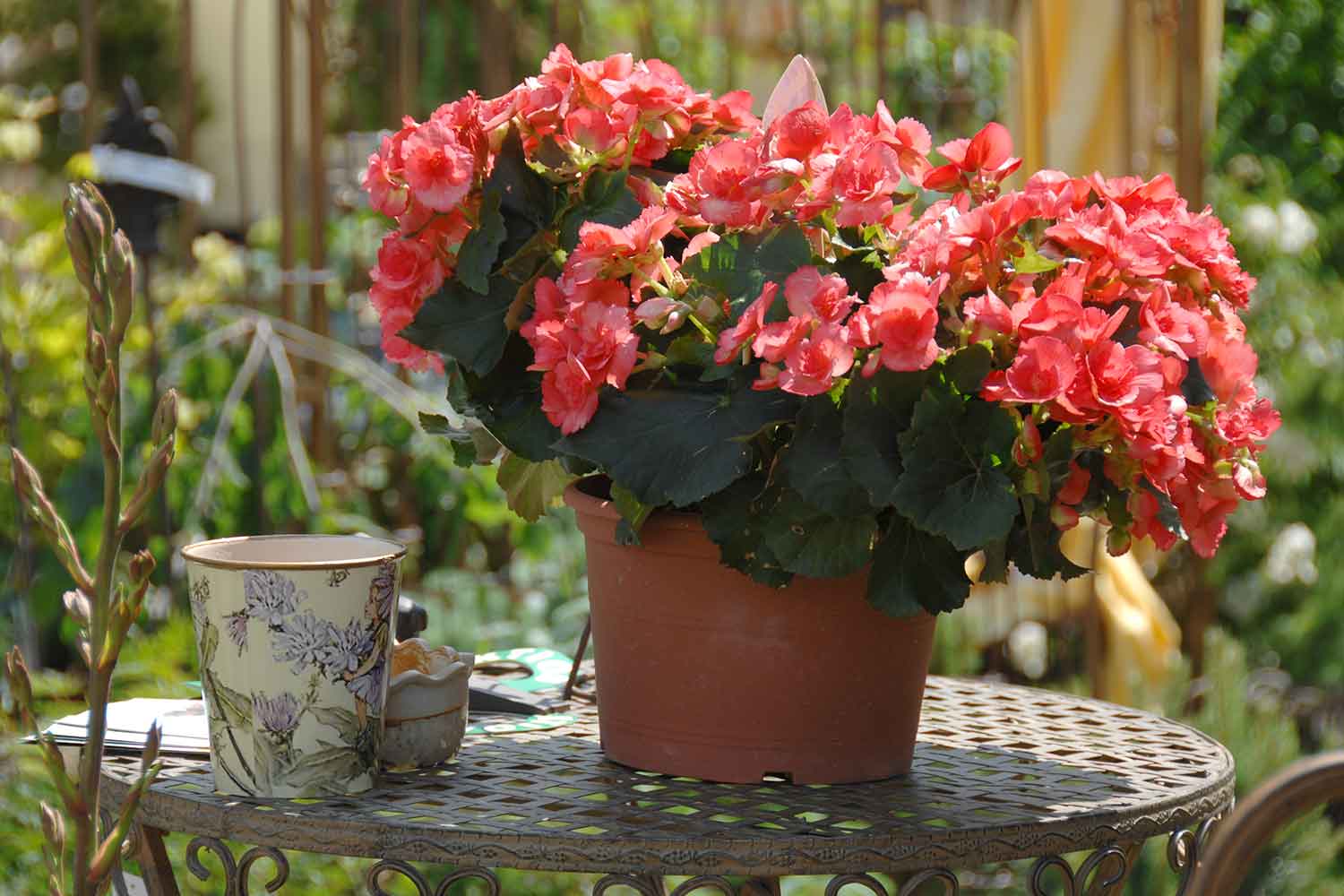
How to grow begonias Better Homes and Gardens
Subscribe Now:http://www.youtube.com/subscription_center?add_user=ehowgardenWatch More:http://www.youtube.com/ehowgardenGrowing begonias in pots is a great w.

Begonias. These flowers are great! Container flowers, Begonia, House plant care
They bloom in shades of red, pink or white with 1 1/2 inch single or double flowers. Care of Begonias in Pots Begonias can live and may even bloom all year round. Begonias flourish in bright, indirect light with east-, west- or south-facing windows as ideal locations.

2016 Year of the Begonia Million Kisses Elegance Begonia Perfect for Hanging Baskets
Light. Tuberous begonias in containers need a bit of sun but partial sun is fine. Indoors, begonias do best in indirect light. Fibrous or wax begonias planted in the garden will flower consistently in shade or partial shade. Too much bright sun might wilt the delicate petals or cause the colors to fade. Soil.

Begonia Types and Care Garden Chronicle
WHAT TYPE OF BEGONIA DO I HAVE? There are many different types of begonia plants. Here are the most commonly grown: Wax begonias have waxy green or bronze foliage and white, red or pink flowers. Plants are compact, 6 to 12 inches tall and wide, and are commonly grown as a bedding plant.

Begonia Begonia, Planter pots, Make me smile
1. Dig the Bulbs Out From the Soil By late summer to the middle of fall, depending on the tuberous begonia variety, the leaves will start to turn yellow and die. When half the foliage has turned yellow, you can begin your preparations for overwintering your begonia bulbs.
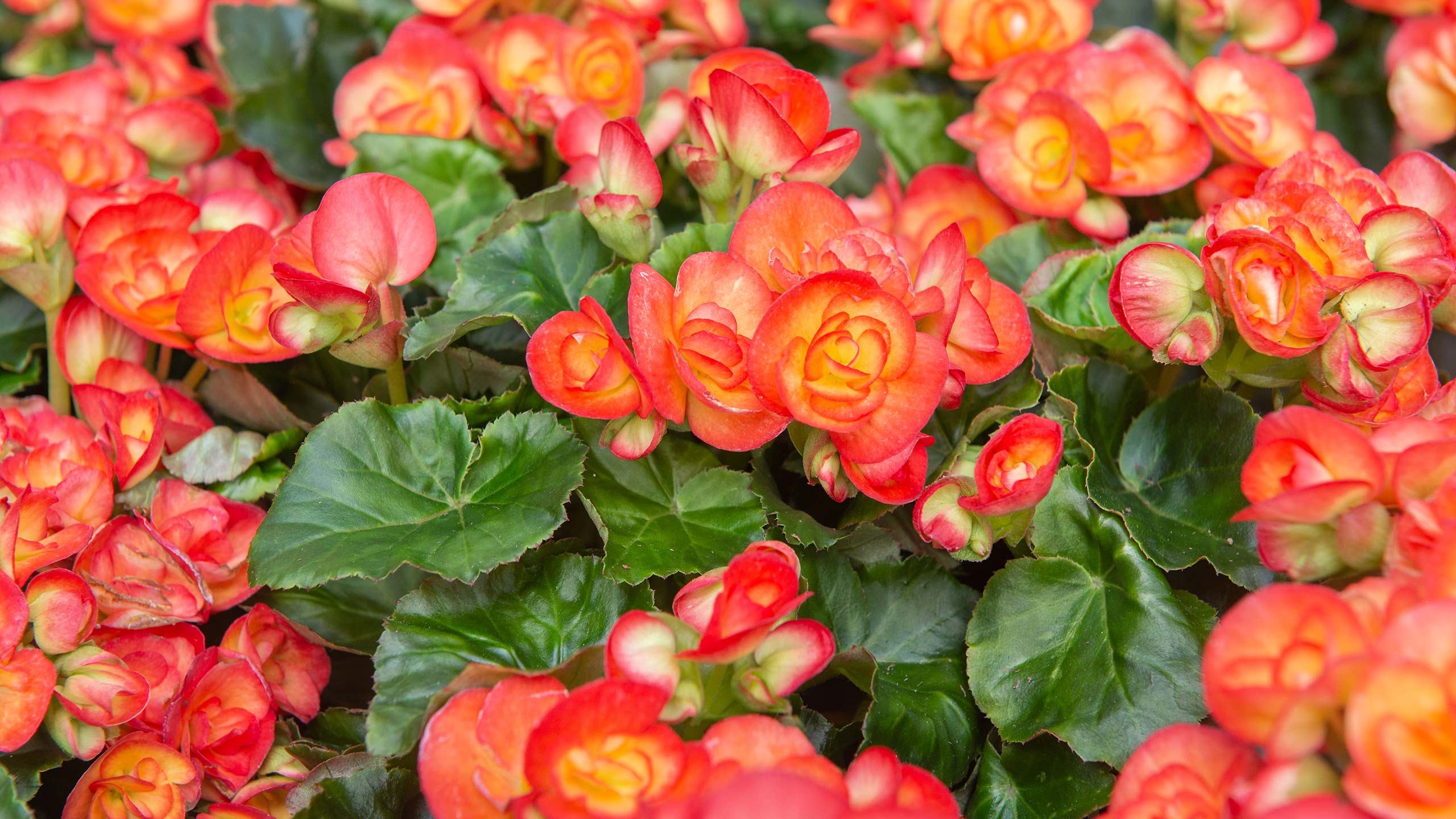
Choosing the Right Begonia for Success Mulhall's
Each begonia plant should be placed in its own hole, although these can be put close together. Cover the top of the root ball, bulb, or seeds with a few inches of soil/potting mixture. If you're planting a small begonia plant, break apart the root ball a bit before placing it in the hole. 3. Water the plant.

Growing Begonias The Showy Houseplant with Amazing Flowers and Leaves
Fertiliser Feed your begonias throughout growing season (spring and summer). Aim for once a week - you can use a liquid fertiliser. Adobe Stock Begonia varieties Before you get planting, you'll have to choose the right begonia for your garden. First there's the showy tuberous begonias or elatior hybrids that rival roses for floral flourish.
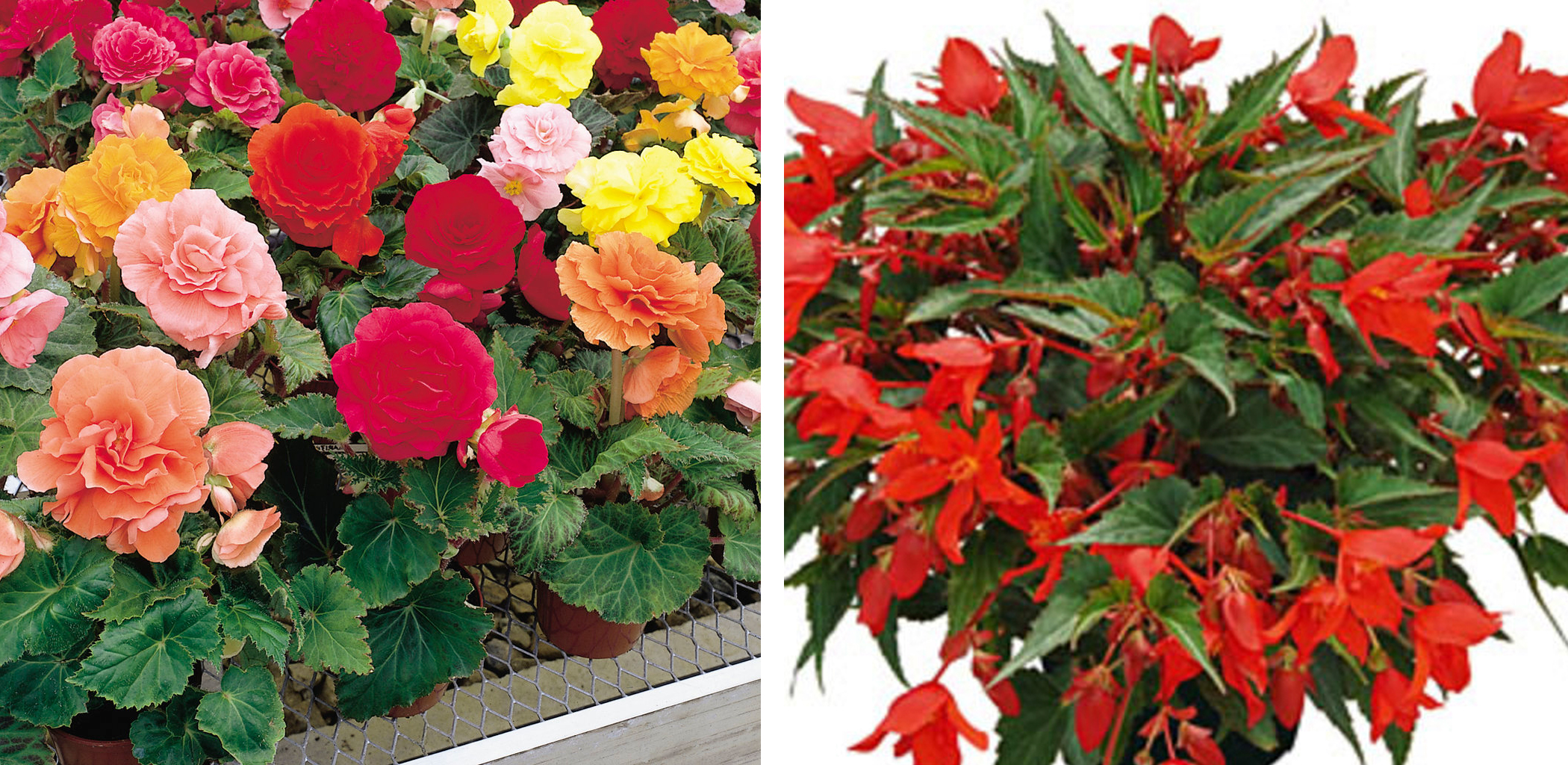
All About Begonias The Good Earth Garden Center
Begonias are perennial plants in hot climates including zones 10 and 11, but they are grown in the spring as annual flowers in most regions. The principal appeal of begonias is that many types produce spectacular flowers in shady conditions where few flowering plants thrive. The Spruce / Letícia Almeida Tip